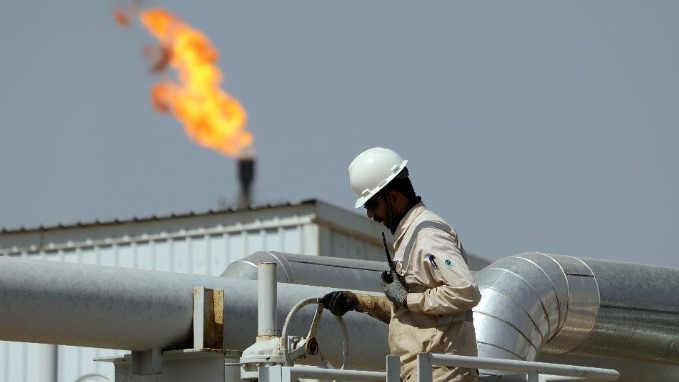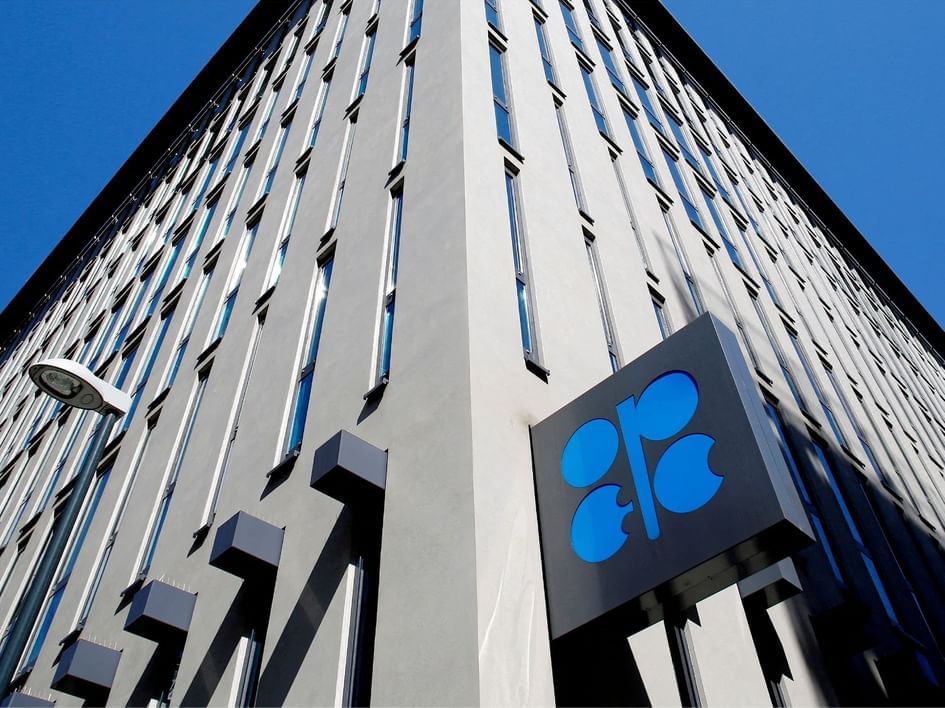The EIA said that ongoing concerns about global economic conditions as well as the easing Covid-19 restrictions in China raised the uncertainty of the outcomes of its demand forecasts….reports Asian Lite News
Leading oil officials have recommended to maintain the current oil output policy of OPEC+, the OPEC and its allies, amid an uncertain global economic outlook.
The OPEC+ agreed in October 2022 to cut production by 2 million barrels per day from the following month until the end of 2023. The cut equals to about 2 per cent of the annual global oil demand, Xinhua news agency reported.
Members of the OPEC+ Joint Ministerial Monitoring Committee (JMMC) “reaffirmed their commitment” to the current output plan at a virtual meeting on Wednesday and “urged all participating countries to achieve full conformity and adhere to the compensation mechanism,” according to an OPEC statement.
The JMMC comprises oil ministers from the OPEC+ countries. It has no decision-making power but provides policy recommendations for the OPEC+ ministerial meeting, the group’s decision-making body. It has also the authority to request additional OPEC+ ministerial meetings “at any time to address market developments,” according to OPEC.

The JMMC has reviewed the oil production data for November and December last year and “noted the overall conformity” for the OPEC+ countries, OPEC added.
The next JMMC meeting is scheduled for April 3. The next OPEC+ ministerial meeting, where the group will formally decide its output policy, is set for June 4.
In January, the US Energy Information Administration (EIA) said that global oil inventories will increase over the next two years with more global oil production than consumption. Partly as the result, crude oil prices will further go down, the EIA said in its January Short-Term Energy Outlook (STEO) report.
The report forecast that global production of liquid fuels will reach an average of 102.8 million barrels per day (b/d) in 2024, up from 100 million b/d in 2022, driven by large growth in non-OPEC production.
However, uncertainty over Russia’s oil supply will persist, particularly in early 2023, the report noted, expecting global consumption of liquid fuels will rise from an average of 99.4 million b/d in 2022 to 102.2 million b/d in 2024.
The EIA said that ongoing concerns about global economic conditions as well as the easing Covid-19 restrictions in China raised the uncertainty of the outcomes of its demand forecasts.
As for crude oil prices, the Brent crude oil price is forecast to average $83 per barrel in 2023, down 18 per cent from 2022, and continue to fall to $78 dollars in 2024 as global oil inventories build, putting downward pressure on crude oil prices.
Gasoline prices will also decline as both wholesale refining margins and crude oil prices fall, said the report, forecasting US gasoline refining margins to fall by 29 per cent in 2023 and by 14 per cent in 2024, leading to retail gasoline prices averaging around $3.30 per gallon in 2023 and $3.10 per gallon in 2024.













